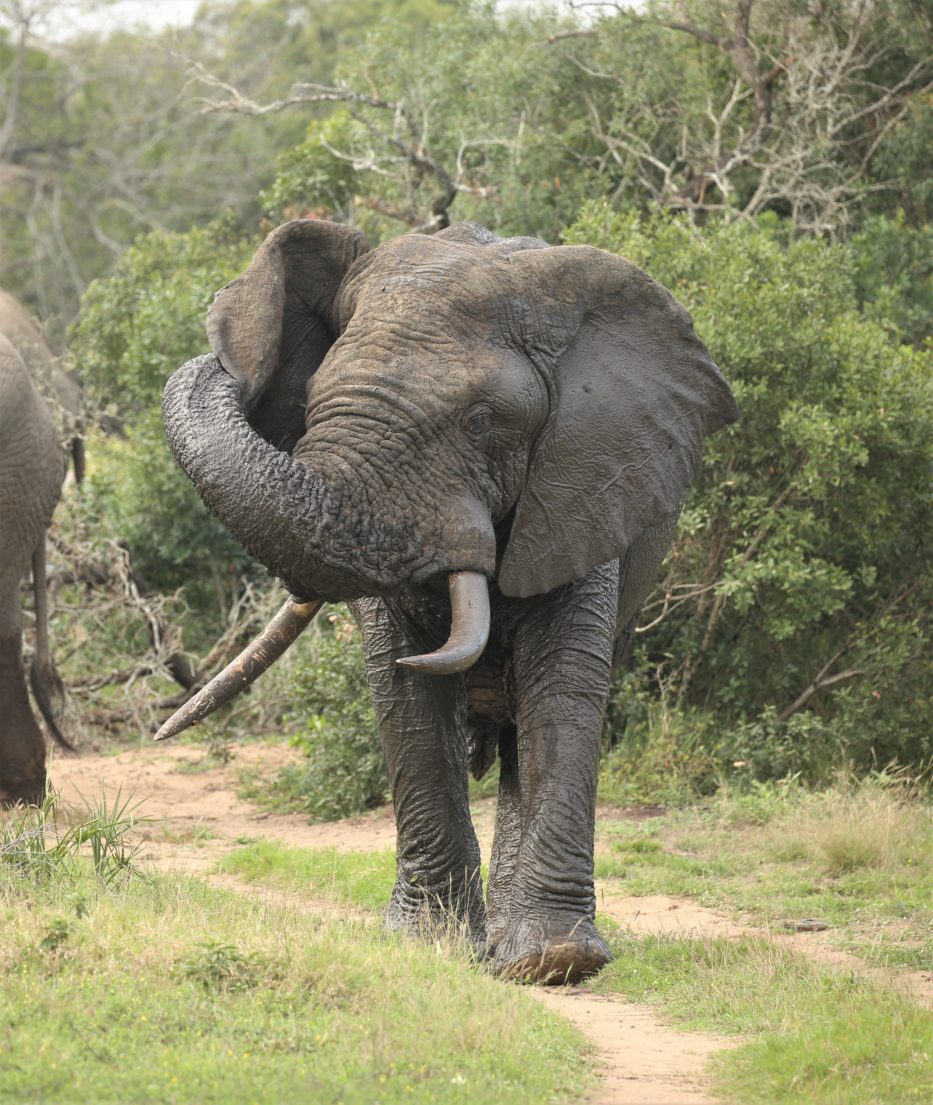For large mammals, area expansion is a key conservation measure to prevent species’ decline and extinction. Yet, its success depends on whether animals discover and later use these areas. Here, using GPS data, we investigated how herds of elephants detected and used an area made available to them after the removal of a fence. We studied the elephants’ behaviour before and after the fence removal, accounting for seasonal changes in movement patterns. In contrast to previous studies, herds visited the newly available area within a month of the fence removal, and the maximum distance they moved into the new area was reached between 5 and 9 months after the fence removal. Yet, elephants did not preferentially visit the new area at night. By the second year, all herds had shifted their seasonal home ranges and incorporated the new area, in contrast to a previous range expansion event. Our analyses show that the regular proximity of elephants to the original fence, and the fact that the new area was generally composed of preferred habitats of the elephants, probably explained the rapid discovery and use of the area. Our study improves our understanding of animal exploration and the role of habitat quality, and thus may improve range expansion and corridor programmes.
View or request article on the Journal of Tropical Ecology website


